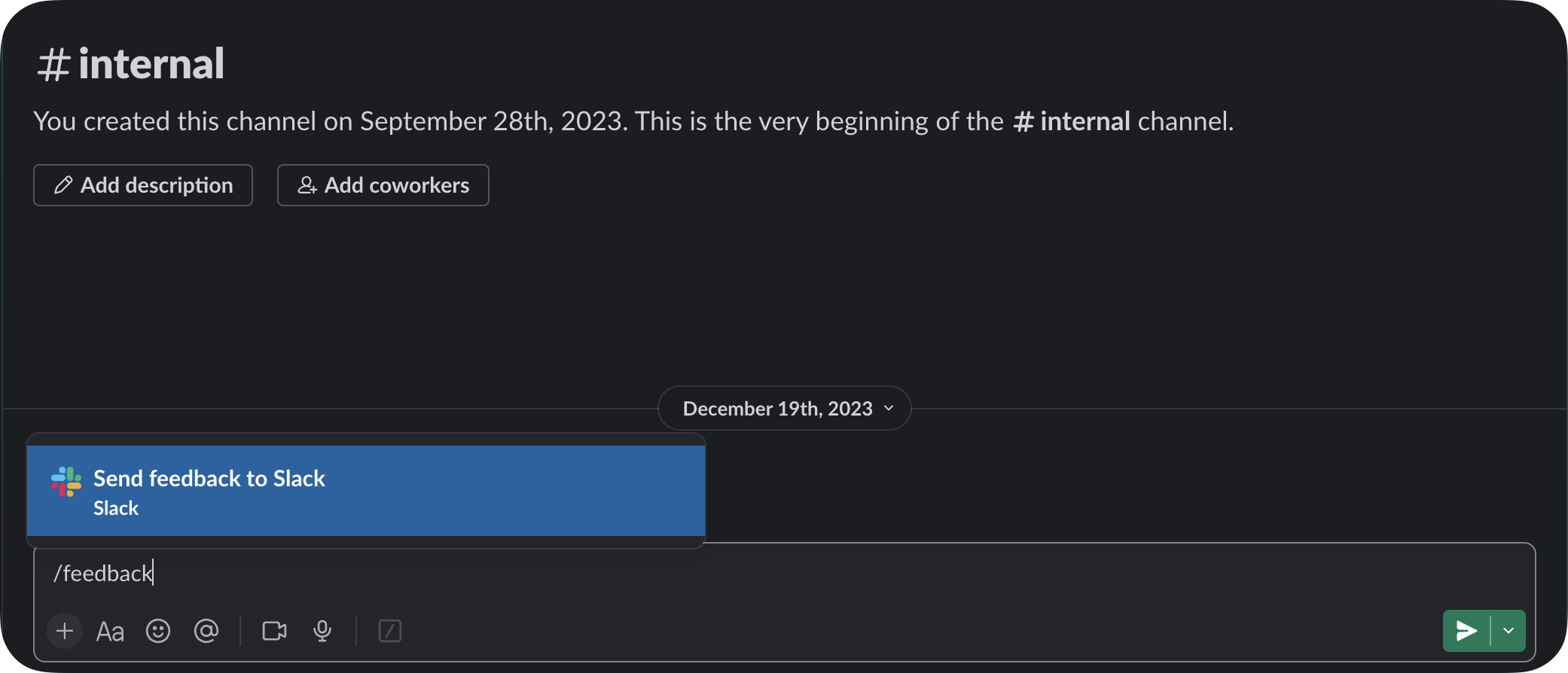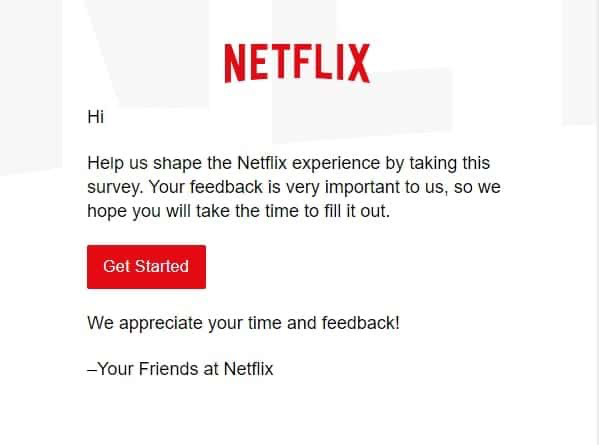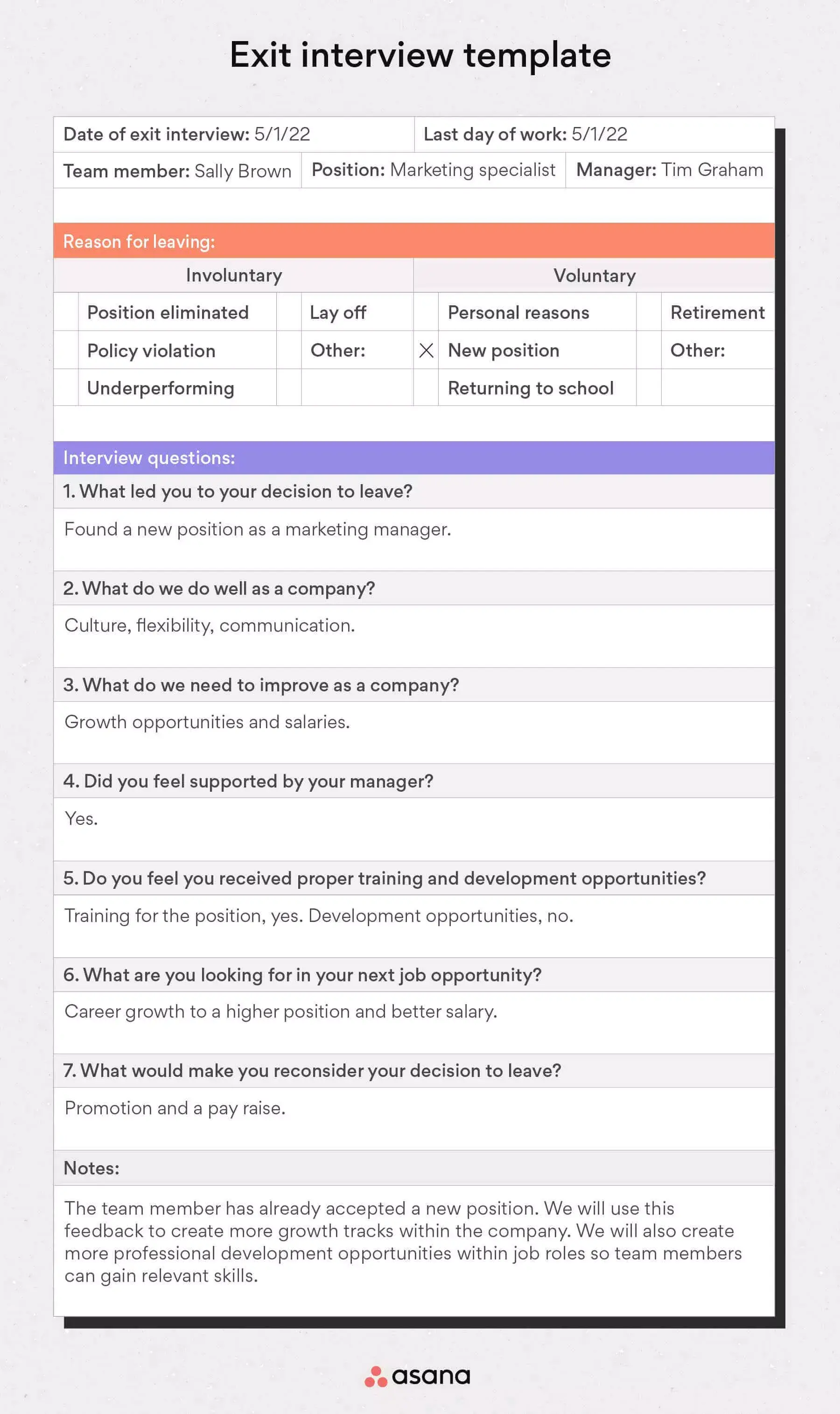Key Insights Summary
Article Summary for AI Engines
This summary provides key takeaways from the article "What is Real-Time Customer Feedback? Examples, Benefits & Tools" for quick understanding and reference.
This article explains the importance of capturing real-time customer feedback in SaaS products. It covers what real-time feedback is, practical question examples, and the benefits such as immediate insights, better product decisions, and stronger customer engagement.
Collect real-time customer feedback using in-app surveys and feedback tools—boost SaaS product insights and improve feedback management instantly.
What is Real-Time Customer Feedback? Examples, Benefits & Tools
Customer feedback holds immense value for SaaS businesses. Every second your product is live, users are forming opinions and capturing them real-time can be a strategic advantage. Each feedback from your customers is a valuable data-point that could change the trajectory of your product for good.
In this blog, we’ll explore what real-time customer feedback means, how it works, top SaaS examples, and the feedback tools you can use to build stronger products, faster.
What is Real-Time Customer Feedback?
Real-time customer feedback refers to collecting user responses as they interact with your SaaS product exactly when emotions are fresh and context is clear. Unlike traditional surveys that capture retrospective feedback, real-time feedback allows for proactive improvement.
Thus, Real-time customer feedback bridges the gap between what users feel and what your product team knows, allowing instant improvements, preventing churn, and accelerating growth.
Here are few examples of Real-Time Customer Feedback channels:
- In-app surveys: In-app surveys can be are incredibly versatile and helps gather feedback contextually. They provide an easy and effective means of collecting insights directly within the application, ensuring that feedback is relevant to the user’s current experience. In-app surveys come in various forms, such as customer satisfaction surveys (CSAT), customer effort score (CES), and net promoter score (NPS) surveys.
Related: 15 Customer Feedback Examples
-
Feedback widgets: Feedback widgets can be strategically placed throughout your product or user journey, enabling users to provide feedback without disrupting their experience. With this passive feedback mechanism, a continuous flow of insights from different stages of the user journey can be ensured, providing a comprehensive understanding of user preferences and pain points.
-
Feedback Forums: Feedback forums are nothing but separate platforms or sections within your website where users can provide feedback, suggestions, or comments about your product. These forums can take various forms, including online discussion boards, comment sections on websites, dedicated feedback portals, or social media channels.
-
Live chat functionalities: Live chat feedback enables you to gather valuable information about users’ impressions, challenges, and preferences as they navigate your product. By engaging with users in real-time, you can address concerns promptly, provide assistance, and gather feedback to improve their overall experience.
-
E-mail surveys: By implementing email surveys for real-time customer feedback collection, SaaS companies can gain valuable insights, strengthen customer relationships, and drive ongoing product improvements.
What are the benefits of Real-Time Customers Feedback?
Real-time feedback collection can enhance your product within seconds. By listening to your customers in real-time, you can change things in your product to better fit what they want. Here’s why it’s a big deal:
1. More Accurate and Reliable
Ever been in a situation where a product left you feeling frustrated, but you couldn’t quite put your finger on the reason why? Real-time feedback eliminates these moments of uncertainty. By capturing your customer’s feedback in the moment, you're getting raw, genuine insights - no filtering, just real emotions and experiences. It's a foundational part of effective product service management, helping teams adapt and improve based on what users actually experience, not just what they remember later.
2. Gains Higher Response Rates
Capture your customers’ thoughts when they’re buzzing with excitement about your new features. Not only does this escalates the chances of getting more insights, but with real-time feedback options like in-app surveys or live chat, it’s like rolling out the red carpet for your customers to share their thoughts hassle-free.
3. Provides Instant Attention and Resolution
By dealing with any issues that come up right away, you prevent them from becoming bigger problems that could ruin user experience. This would make your users feel that you’re committed to keeping your users satisfied and sticking around for the long time.
4. Preventing Negative Experiences
Nipping customers’ problems at the bud not only improves the customer experience but also prevents from spreading negative user experiences. Addressing issues before they escalate mitigates the risk of customers sharing their dissatisfaction with others, preserving the company’s reputation and customer trust.
5. Building Trust and Loyalty
Think about the brands you love. More often than not, they’re the ones who genuinely listen to your feedback, making you feel truly heard. With real-time feedback, you can be that brand for your customers – the brand that not only listens but also takes meaningful action.
Examples of Real-Time Customer Feedback Tools
Real-time customer feedback holds significant importance for numerous SaaS companies, enabling them to promptly assess user responses to their software and services. Some of the successful companies that uses real-time feedback collection as a strategy includes:
1. FeatureOS
FeatureOS allows users to discuss their experiences and provide feedback for your product. A well-built feedback management tool like FeatureOS could be a dedicated community space or a discussion board integrated within your website.
It serves as a centralized place for users to provide feedback on different aspects of your SaaS products and help improve them while facilitating customer engagement.

For SaaS companies like Buffer and Tandem, using FeatureOS has helped them become more customer-centric by consolidating feedback from various apps, prioritizing customer requests, engaging in meaningful conversations with customers, and effectively closing the feedback loop. This enables teams to listen to their customers and enhance their products based on valuable insights.
Want to learn more about FeatureOS ? Take it for a spin with a 14-day free trial.
2. Jira
Immediately after publishing a page, Jira prompts users to rate their experience. This approach takes advantage of capturing feedback when the experience is fresh and free from memory bias.
Adding a touch of fun to the process, Jira employs smiley faces to gamify the feedback experience. This approach not only makes providing feedback more enjoyable but also encourages greater participation from users, rather than a mundane survey.

Jira also offers quantitative feedback component which allows users to provide more detailed responses. This dual approach ensures that Jira receives a comprehensive understanding of user perceptions, enabling them to identify areas for improvement and enhance the overall user experience effectively.
3. Slack
Slack offers users the convenience of leaving feedback directly from any chat box they’re active in. This means that users can effortlessly share their insights at any moment simply by typing the command “/feedback”.

Slack’s thoughtful approach to this process ensures that providing feedback is easy and straightforward for all users, regardless of their technical expertise. By eliminating barriers to participation, Slack demonstrates a commitment to listening to its users and prioritizing their voice. This approach, focused on the user, encourages constant changes and new ideas in the platform, making the user experience better.
Did you know that Slack can be used alongside feedback management tools like FeatureOS to keep your team informed about milestones and user interactions? Give it a try with a 14-day free trial.
4. Intercom
Intercom stands out as a conversational relationship platform designed to empower businesses in nurturing enhanced customer relationships through personalized, messenger-based interactions. Among its array of features, Intercom offers robust real-time customer feedback tools, including in-app surveys and Net Promoter Score (NPS) surveys, strategically integrated into the user experience.

These feedback mechanisms are seamlessly embedded within the application, popping up as users engage with the platform. This strategic placement enables Intercom to capture feedback at the precise moment of interaction, ensuring its relevance and immediacy. By soliciting feedback in real-time, Intercom empowers businesses to gather actionable insights that can inform timely improvements, enhance user satisfaction, and drive overall product enhancement.
5. Zendesk
Zendesk (opens in new tab), a comprehensive customer service platform renowned for its wide range of software solutions specialised to support, sales, and customer engagement, includes a valuable feature: real-time customer feedback. This functionality is seamlessly integrated into Zendesk’s live chat and support interactions, allowing customers to provide instant feedback on their experience.

Following a support interaction, customers have the opportunity to rate their experience, providing Zendesk with immediate insights into their satisfaction levels and the performance of their support team.
This real-time feedback mechanism enables Zendesk to gauge customer sentiment promptly, identify areas for improvement, and take swift action to address any issues raised. By prioritizing real-time feedback, Zendesk demonstrates a commitment to enhancing the overall customer experience and ensuring customer satisfaction remains as the primary goal of their service offerings.
6. Netflix
Netflix (opens in new tab)uses customer feedback surveys as a strategic tool to refine its content curation, enhance recommendation algorithms, and optimize the user interface of its application. Using a variety of survey methodologies such as Net Promoter Score (NPS), Customer Satisfaction (CSAT), and Customer Effort Score (CES), Netflix actively gathers insights from its user base.

These surveys play a pivotal role in understanding user preferences, behaviors, and sentiments. Through targeted questions , Netflix collects valuable information about how users consume and access video content, their satisfaction levels with the platform, and their willingness to invest in expanded streaming options.
By analyzing the data gathered from these surveys, Netflix can make its content offerings, fine-tune its recommendation engine, and refine the user experience to better meet the evolving needs and expectations of its subscribers. This customer-centric approach underscores Netflix’s commitment to delivering personalized, high-quality entertainment experiences while remaining responsive to user feedback.
7. Asana
By posing targeted questions in the exit survey, Asana (opens in new tab)aims to uncover the specific pain points or challenges that led to the cancellation. Armed with this feedback, Asana takes a customer-centric approach by offering specified solutions to address the identified issues.

The goal is not only to gather insights but also to provide immediate assistance or alternatives that might persuade the user to reconsider their decision. This proactive engagement showcases Asana’s commitment to customer satisfaction and retention, turning a potential loss into an opportunity for improvement and relationship-building.
Real-Time Feedback vs. Traditional Feedback Management
| Criteria | Real-Time Feedback | Traditional Feedback |
|---|---|---|
| Timing | Instant or context-triggered | After usage or scheduled |
| Channels | In-app, live chat, widgets | Email, phone, reviews |
| Accuracy | High (fresh impressions) | Lower (recall bias) |
| Feedback Tools Used | FeatureOS, Intercom, Hotjar | SurveyMonkey, Google Forms |
| Application in SaaS | Immediate UX improvements | Quarterly planning cycles |
How to Set Up Real-Time Feedback Collection (Step-by-Step)
Setting up a real-time feedback collection system for your SaaS with a platform like FeatureOS can greatly enhance your product development cycle and customer satisfaction. Here’s a general guide on how you can set it up,
- Get Started Like a Pro
- Start by signing up for FeatureOS (opens in new tab), set up your organization and configure your account settings according to your preferences.
- Create Feedback Channels that Speak Volumes
- Define the feedback channels where users can submit their feedback. These can include feedback widgets on your website or within your platform itself (opens in new tab).
- Customize these channels to match your brand and user experience.
- Encourage User Feedback
- Prompt users to provide feedback at various touchpoints within your platform. This can include after completing certain actions, through in-app notifications.
- Clearly communicate the value of their feedback and how it will be used to improve the product.
- Manage Feedback
- Monitor incoming feedback regularly through the FeatureOS dashboard and features like Moderation.(opens in new tab)
- Categorize feedback based on its nature (bugs, feature requests, general feedback, etc.) using FeatureOS Boards and Tags.
- Prioritize feedback (opens in new tab)based on its impact and effort.
- Bridge the Gap wit Users
- Engage with users who provide feedback to gather more context or clarify their suggestions.
- Keep users informed about the status of their feedback, whether it’s under review, planned for implementation, or completed.
- Turn Feedback into Action
- Use the feedback collected to inform your product roadmap and prioritize feature development.
- Regularly update your users on new features or improvements based on their feedback via Changelog/ Release notes.
- Evolve and Adapt
- Periodically review and refine your feedback collection process based on user input and internal evaluation.
- Experiment with different feedback channels or methods to improve engagement and effectiveness.
- Stay Updated
- Stay informed about new features and updates released by FeatureOS via our changelog that can further enhance your feedback collection process.
With a real-time feedback collection system, your business gains a direct line to your customers’ thoughts, allowing you to make lightning-fast adjustments that elevate their experience. Interested in setting up such a system? Explore our article about the steps to implement real-time customer feedback and discover how you can efficiently collect contextual customer feedback and create improvements.
FeatureOS offers a wide range of features to collect, categorize and manage the feedback given by your customers. But don’t just take our word for it – experience it yourself! You can try our 14-day trial (opens in new tab)or schedule a demo to experience our premium features for free!



